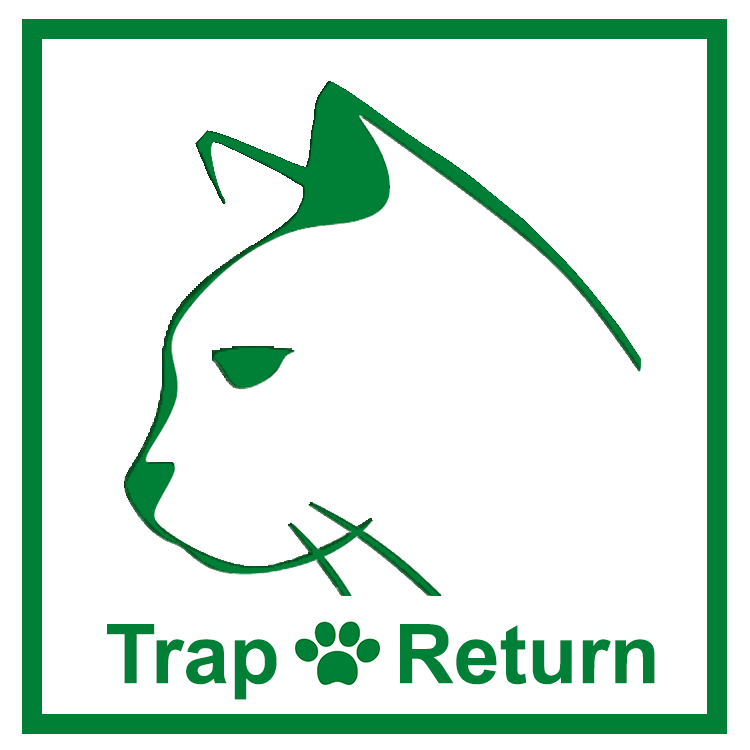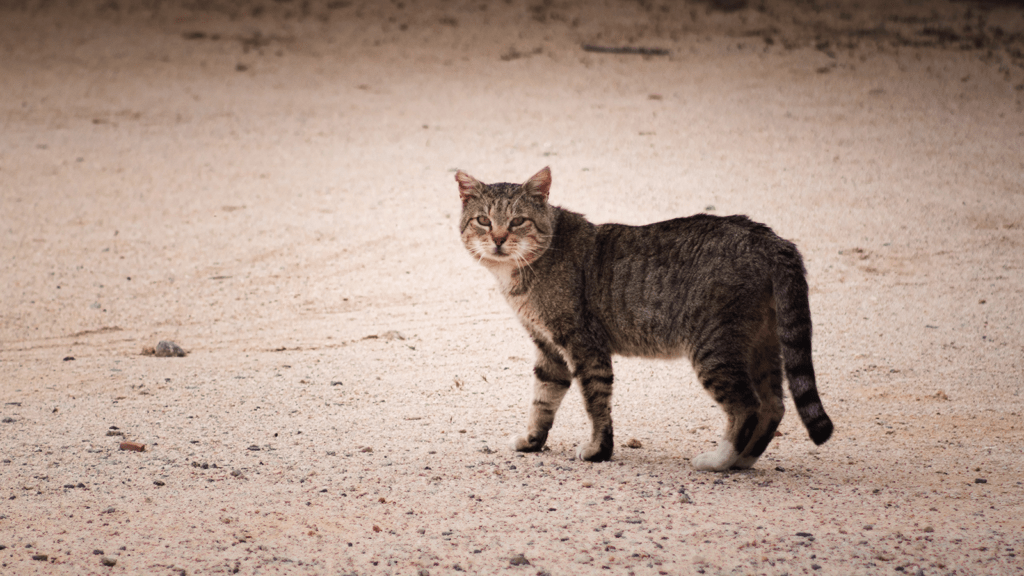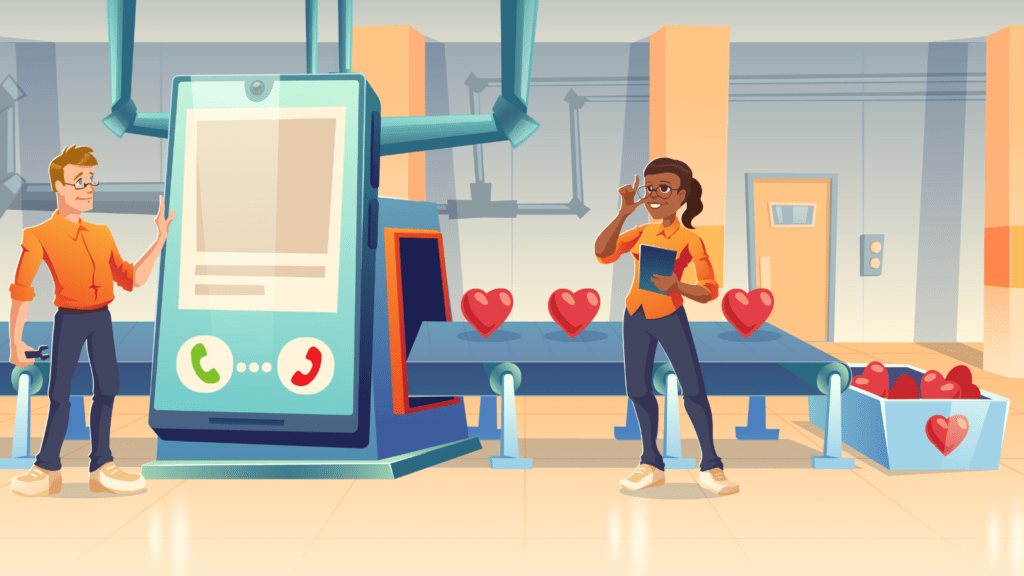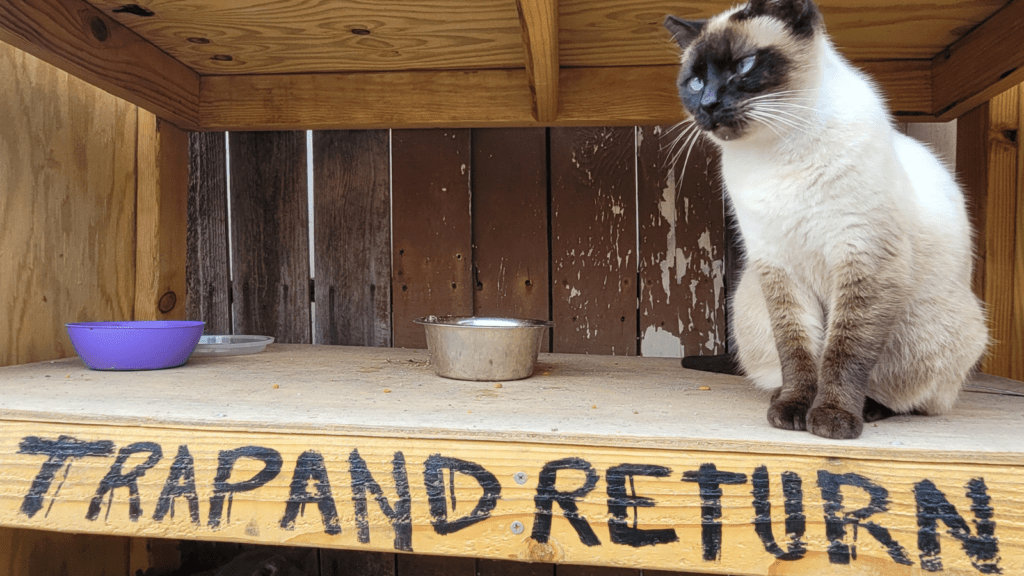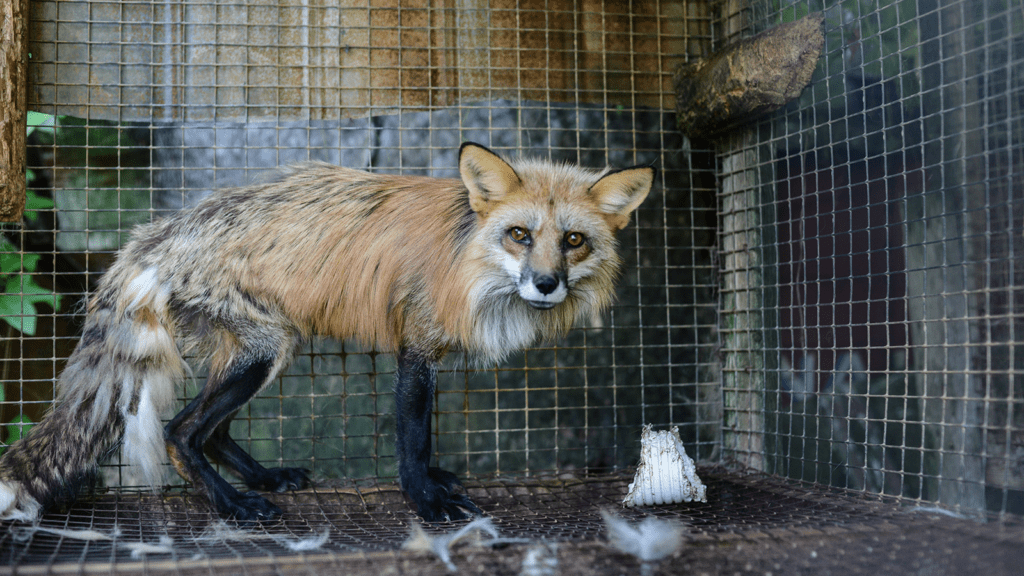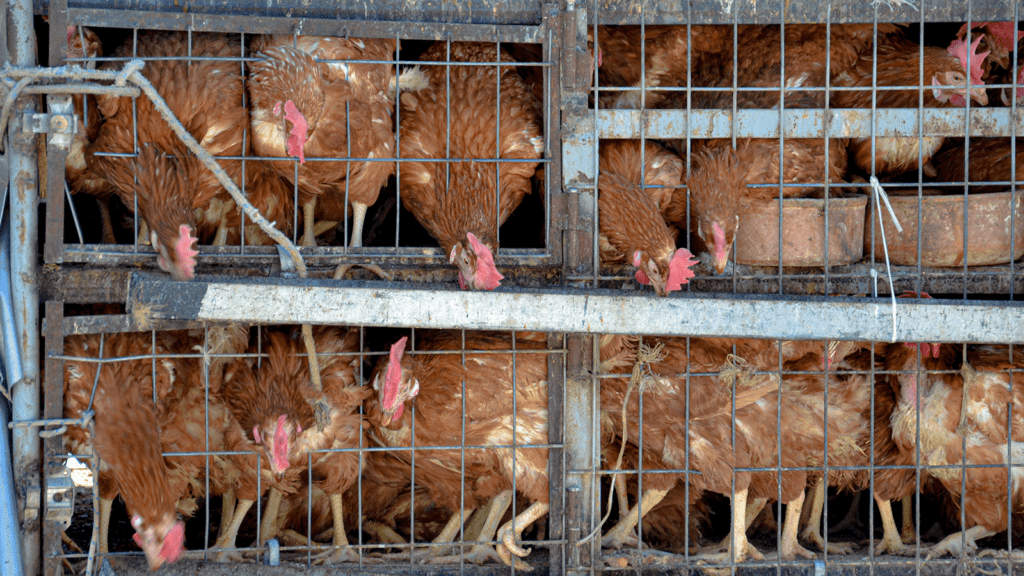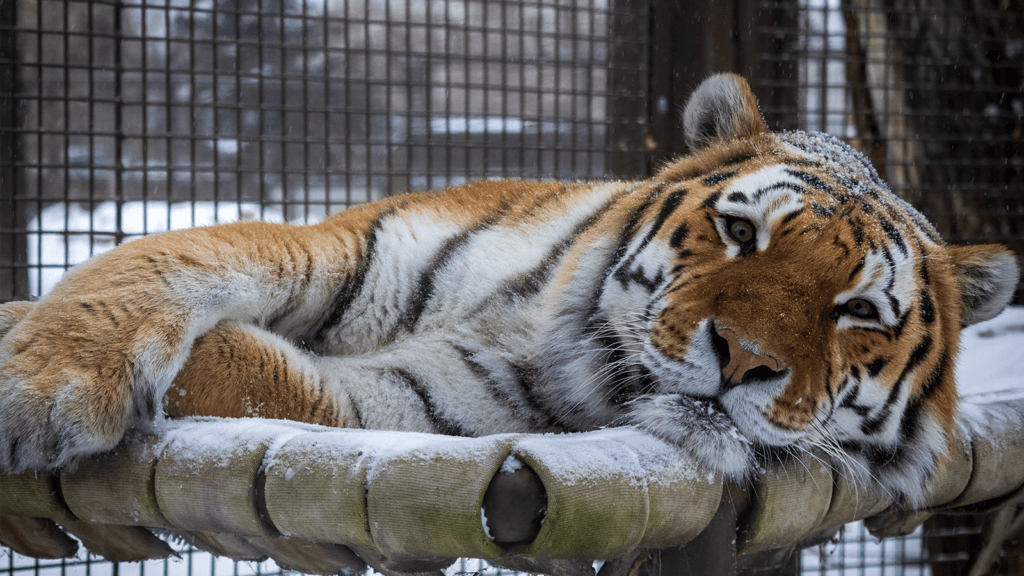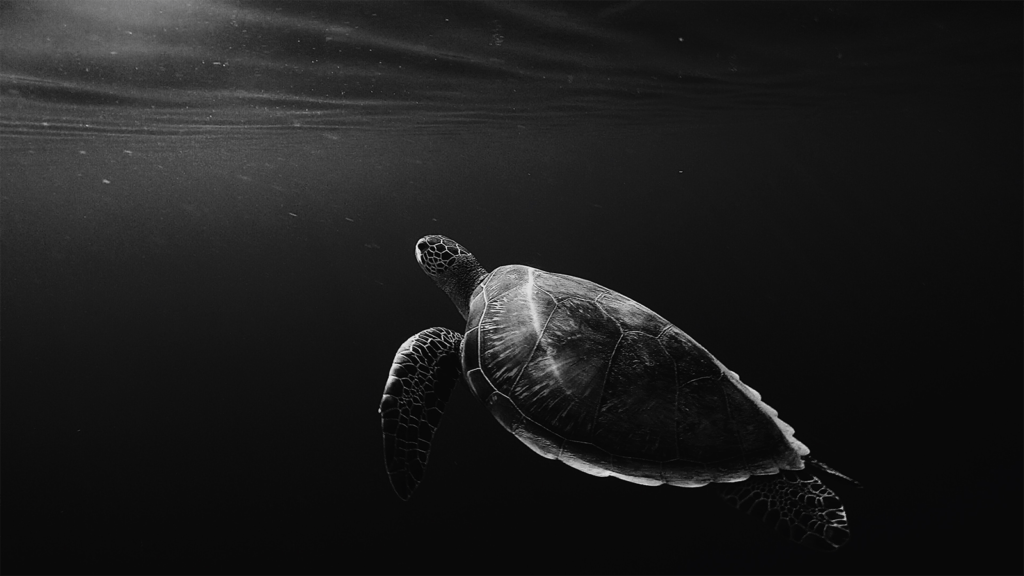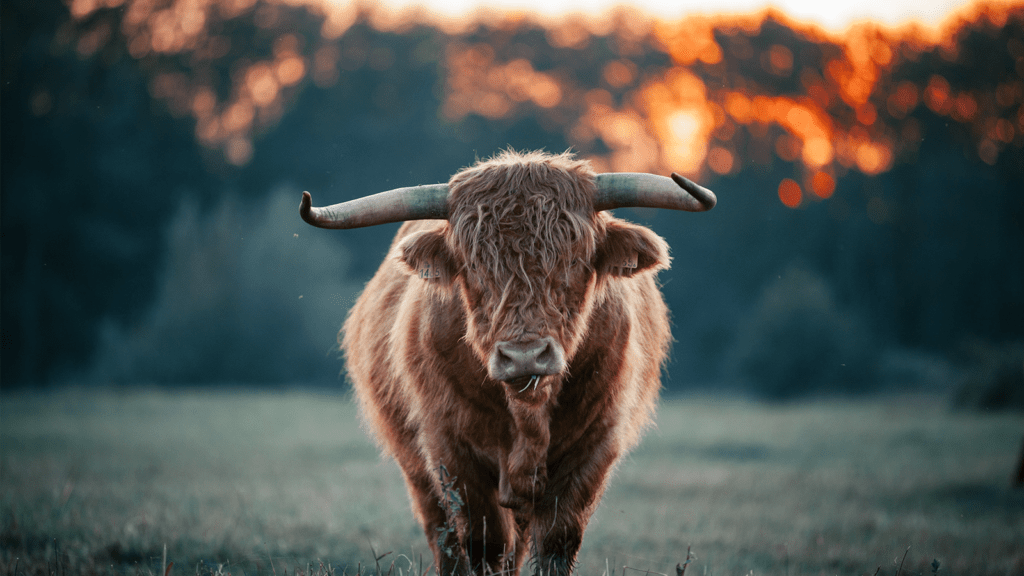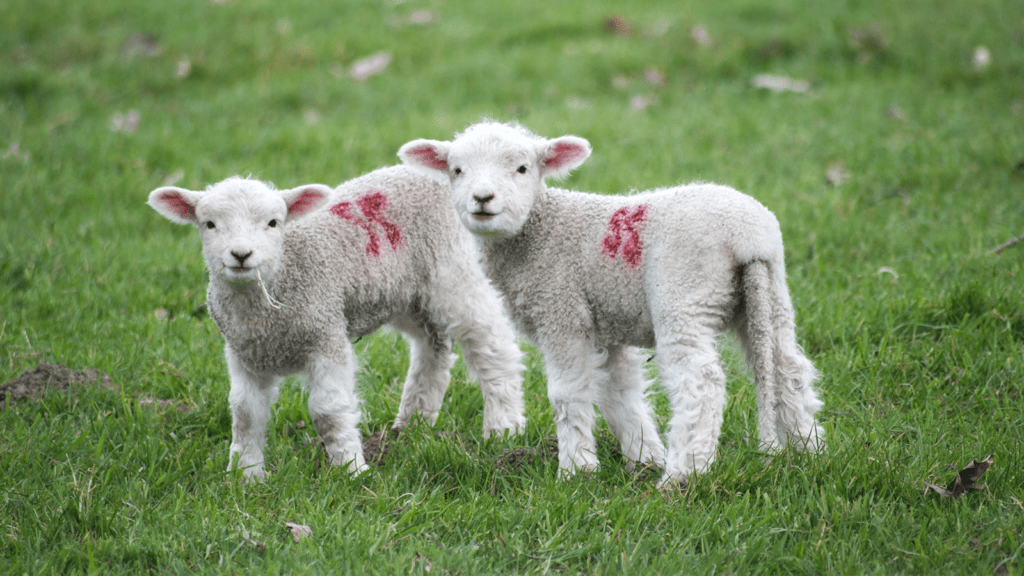Animal Rights Animals do not have a nationality and exist without borders. An animal’s quality of life is ultimately determined based on arbitrary lines drawn on a map. Some animals are more fortunate than others to be born within a country with exemplary animal rights policies. A chicken in Australia feels the same level of sentience as a chicken in India, yet both will be treated entirely differently. The Voiceless is an animal rights organization in Australia that developed the Voiceless Animal Cruelty Index (VACI). The VACI ranks 50 countries according to the following categories: Producing Cruelty This index considers the number of animals slaughtered weighed against how well these animals were treated. Countries that treat their animals more humanly before slaughter will rank higher in this category. This category also considers dairy cows and egg-laying chickens, two animals that are not slaughtered but still live in appalling conditions. (source) Consuming Cruelty Consuming cruelty measures the direct number of animals consumed per capita and the ratio of plant-based protein to farm-based protein that the population eats. This category highlights how high-income countries rely on factory farming to meet the appetite of their people. (source) Sanctioning Cruelty This category ranks how well the legislation in a country protects against the misuse of animals. The VACI relies on a ranking set by the Animal Protection Index, a scale of 50 countries based on how well their policies protect animals. (source) Which countries have the worst animal rights policies? Based on the VACI, the following countries have the worst animal rights policies: Australia & Belarus Australia and Belarus are tied for being the worst countries for animals. Australia slaughters approximately 28.1 animals per person and maintains poor animal rights policies. 64% of the average diet in Australia also relies upon animal-based protein. (source) Belarus slaughters 37.7 animals per person annually, mostly comprised of factory-farmed animals. The average Belarus diet is also composed of 52% animal-based protein. (source) United States of America Widespread factory farming and insufficient policies put the United States the 3rd worst country for animal rights. The average American eats a diet consisting of 62.3% animal protein (source). The United States also slaughters approximately 29.3 animals per person per year. Argentina Like the previous countries, Argentina has widespread factory farming and a population that consumes a lot of animal protein. The average Argentinian eats a 63% animal protein diet, and the country slaughters 17 animals per person per year. What countries have the best animal protection laws? The top 3 countries with the best animal protection laws are: India India has the best animal rights of the 50 countries surveyed. This is due to the small amount of meat consumed by the average Indian, and factory farming is not prevalent in this country. The average Indian consumes a diet with 20% animal protein because 23 – 37% of the population is vegetarian (source). The culture emphasizes vegetarian diets and butchers less than one animal per person annually. Tanzania Tanzania is tied with India for having the best animal rights worldwide. Tanzania consumes an average diet consisting of 12.4% animal protein, and they butcher approximately 1.9 animals per person per year (source). While Tanzania does not have factory farms; instead, they have a large population of small farms that raise livestock. Kenya Kenya is currently the 3rd best country worldwide for animal rights. Factory farming is not prevalent in Kenya, but it is a practice that is spreading. Kenya must reject factory farming to remain 3rd on this list. The average Kenyan eats a 24% animal protein diet, and they butcher approximately 0.8 animals per person annually. Overview of US Animal Rights At the federal level, only a small handful of laws exist that issue protections and rights to animals. One of these laws is the US Animal Welfare Act of 1966. The US Animal Welfare Act protects show animals, pet animals, animals used for research, and animals transported commercially. Any facilities that house animals under this criteria must provide adequate housing, food, water, sanitation, and veterinary care. However, the Animal Welfare Act does not cover all animals. Animals excluded from the Animal Welfare Act include farm animals used for fur or food, reptiles and amphibians, horses not used for research, fish, birds, rats, or mice. There are no federal laws regarding animal testing (source). Animal testing is legal and not regulated federally. However, numerous states are passing bans on selling products that have been tested on animals. By 2021, several states will have bans on the sales of animal-tested cosmetics. These states include, but are not limited to, New Jersey, Hawaii, Maine, Maryland, Virginia, California, Illinois, and Nevada (source). Banning animal-tested cosmetics is a step in the right direction. State policies must also consider testing medicine and other products on animals. Conclusion Animals endure all manners of inhumane treatment. Between being subjected to animal testing or slaughtered for food, animals cannot catch a break. Thankfully, several countries worldwide are pioneers in having groundbreaking animal protection laws. Additional countries must follow their example and eliminate factory farming and the public dependence on animal-based protein. Here are a few ways you can help end animal cruelty.
